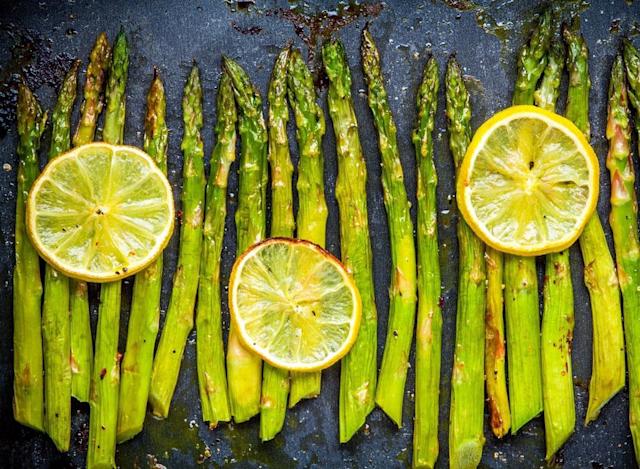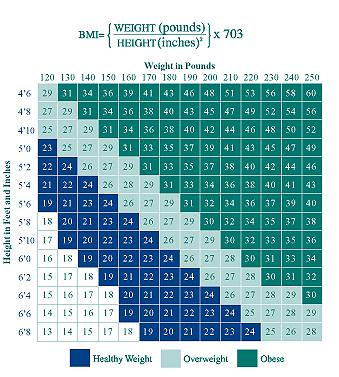
Oak Bend is a 55+ community in a mobile home park near Ocala, Florida. This resort-style community includes a large community swimming pool, picnic areas, a spacious clubhouse with a full-equipped fitness center, shuffleboard and RV storage. The warm climate of Central Florida is just 7 miles from the retirement community. The Oak Bend location is convenient to both work and play, making it an excellent choice for retirees with limited income.
OakBend Medical Center, Bay City TX, has more that 255 physicians. This medical center includes 27 specialties such as family medicine and orthopedics. The hospital's medical staff includes doctors in many areas. Patients rate it 25 out of 25. It's a non-profit medical center. The Jackson Street Hospital Campus serves as the main building. There are numerous job opportunities available at the hospital, including for nurses and doctors.

OakBend Medical Center, founded October 1947. It was jointly built by a local group and the Hendrick Health System, Abilene. It has evolved from a single 51-bed facility, to a modern, two story facility. Dr. George graduated from the University Of Texas Medical Branch at Galveston and has over 14 years of diverse experience. He is board certified in cardiology and Vascular Surgery and is a member of both the American Heart Association (AHA) and the American College of Cardiology.
Post Oak Bend in Harris County, Texas is an incorporated city. It is a Type A General Law City, which has a Mayor and five Councilmembers. These members serve two-year terms with no full-time employees. There are no government buildings or employees in Oak Bend, but the city has ordinances for zoning, building codes, and utility franchising. The city was incorporated in 1979. Oak-Bend, once a small village, is now a diverse and exciting area for people who wish to live at the edge of the country.
OakBend Hospital is one of Houston's largest medical centers. It has multiple locations in the greater Houston region. It is not only a Memphis Medical Center facility, but it also has more than 900 employees. This healthcare provider is expected to receive a 4-star rating, although many may doubt the center's reputation. As a result, it is essential to obtain a court file before visiting it.

There are five hospitals in the OakBend area. The OakBend Medical Centre is located in Southgate MI. The Joint Commission has accredited it and there are 255 licensed doctors. The medical center has been in business for 25 years and has a wide range of specialty care services. OakBend offers everything you need, whether you are seeking a local hospital or recovering from an accident. OakBend can help you, whether you are looking for a general practitioner or a complete emergency room.
FAQ
What are 7 tips for a healthy and happy life?
-
You should eat right
-
Exercise regularly
-
Sleep well
-
Get plenty of water.
-
Get enough rest
-
Be happy
-
Smile often
How do I find out what's best for me?
You need to listen to your body. Your body knows best when it comes to how much exercise, food, and rest you need. You need to be aware of your body and not overdo it. Listen to your body and make sure you're doing everything you can to stay healthy.
What's the difference between a calorie and kilocalorie?
Calories can be used to measure how much energy is in food. Calories is the unit of measurement. One calorie is equal to one degree Celsius in energy.
Kilocalories are another term for calories. Kilocalories measure in thousandths a calorie. 1000 calories is one kilocalorie.
Why is it important that we live a healthy and happy life?
A healthy lifestyle will help us live longer and happier lives. A healthy diet, regular exercise and good sleep habits will prevent the development of diseases such as heart disease, stroke, cancer, diabetes, and Alzheimer's.
Healthy lifestyles will help us to cope with daily stresses better and improve our mental health. A healthy lifestyle can also help you feel and look younger.
What are 10 healthy habits?
-
Breakfast is a must every day.
-
Don't skip meals.
-
You should eat a balanced diet.
-
Get plenty of water.
-
Take good care of your body.
-
Get enough sleep.
-
Stay away from junk foods.
-
Do some type of exercise daily.
-
Have fun
-
Find new friends
How does weight change with age?
How do you know if your bodyweight changes?
Weight loss happens when there is less muscle mass and more fat. This means that daily energy needs must be greater than the calories consumed. Activity levels are the most common reason for weight loss. Other factors include stress, illness and pregnancy. When there is more fat than muscles, it's called weight gain. It occurs when people consume more calories per day than they need. Common reasons include overeating, increased physical activity, and hormonal changes.
Our bodies lose weight mainly because we eat less calories that we burn. When we exercise regularly, we increase our metabolism rate which burns off more calories throughout the day. But, this does not mean that we will be thinner. It is important to know if we are losing weight or gaining muscle. We will lose weight if we burn more calories than we consume. But, if we consume far more calories than what we burn, then we actually store them as fat.
As we age, we become less agile and don't move as often. We also tend to eat less food than we did when we were younger. As a result, we gain weight. On the other hand, we have more muscle mass and look larger than we actually are.
Without regularly weighing yourself, it is impossible to gauge how much weight you have lost. There are many ways to determine your weight. You can check your waist size, your hips, your thighs, your arms, etc. Some prefer to use the bathroom scales, others prefer to use tape measures.
To track your progress, weigh yourself once a week. Measure your waistline once per month. You can also take photos of your self every few months to track how far you've come.
You can also find out how much you weigh by looking up your height and weight online. If you're 5'10' tall and weigh 180lbs, you'd likely weigh 180lbs.
Statistics
- This article received 11 testimonials and 86% of readers who voted found it helpful, earning it our reader-approved status. (wikihow.com)
- WHO recommends reducing saturated fats to less than 10% of total energy intake; reducing trans-fats to less than 1% of total energy intake; and replacing both saturated fats and trans-fats to unsaturated fats. (who.int)
- The Dietary Guidelines for Americans recommend keeping added sugar intake below 10% of your daily calorie intake, while the World Health Organization recommends slashing added sugars to 5% or less of your daily calories for optimal health (59Trusted (healthline.com)
- WHO recommends consuming less than 5% of total energy intake for additional health benefits. (who.int)
External Links
How To
What does the meaning of "vitamin?"
Vitamins can be described as organic compounds found in food. Vitamins are necessary for us to absorb nutrients in the foods we consume. Vitamins cannot be produced by the body. They must be acquired from food.
There are two types of vitamins: water soluble and fat soluble. Water-soluble vitamins dissolve readily in water. Vitamin C,B1(thiamine), B2 (2riboflavin), and B3 (3niacin), as well as vitamin C,B1, B2 (riboflavin), and B3 (niacin), vitamin B6 (pyridoxine), vitamin folic acid (biotin), pantothenic, and choline are examples. Fat-soluble vitamins can be stored in the liver or in fatty tissue. Vitamin D, E, K and A are some examples.
Vitamins are classified according their biological activity. There are eight major categories of vitamins.
-
A - vital for healthy growth.
-
C is important for nerve function and energy production.
-
D – Essential for healthy teeth, bones and joints
-
E is needed for good reproduction and vision.
-
K – Required for healthy nerves & muscles.
-
P – vital for building strong bones.
-
Q - aids digestion, absorption and absorption iron
-
R - Required for red blood cell production
The recommended daily allowance (RDA), for vitamins, varies depending upon age, gender, or physical condition. The U.S. Food and Drug Administration, (FDA), sets the RDA value.
For adults over 19, the RDA for vitaminA is 400 micrograms per daily. Pregnant women require 600 micrograms daily to support fetal development. Children ages 1-8 require 900 micrograms per day. Babies under one-year old require 700 mg per day. Between 9 and 12 years of age, however, this drops to 500 mg per day.
Children between the ages of 1-18 need 800 micrograms per daily for obesity, while children overweight require 1000 micrograms. Children underweight or obese will need 1200 mg per day.
Children ages 4-8 years who have been diagnosed with anemia need 2200 micrograms per day of vitamin C.
Adults over 50 years of age need 2000 micrograms per day for general health. Due to their increased nutrient needs, pregnant and breastfeeding women need 3000 micrograms daily.
1500 micrograms is the recommended daily intake for adults aged 70+, who lose approximately 10% of muscle each year.
Women who are pregnant, nursing or breastfeeding need more than the RDA. Pregnant and breastfeeding women require 4000 micrograms each day during pregnancy and 2500 Micrograms each day after delivery. Breastfeeding moms need 5000 micrograms each day when breastmilk production occurs.